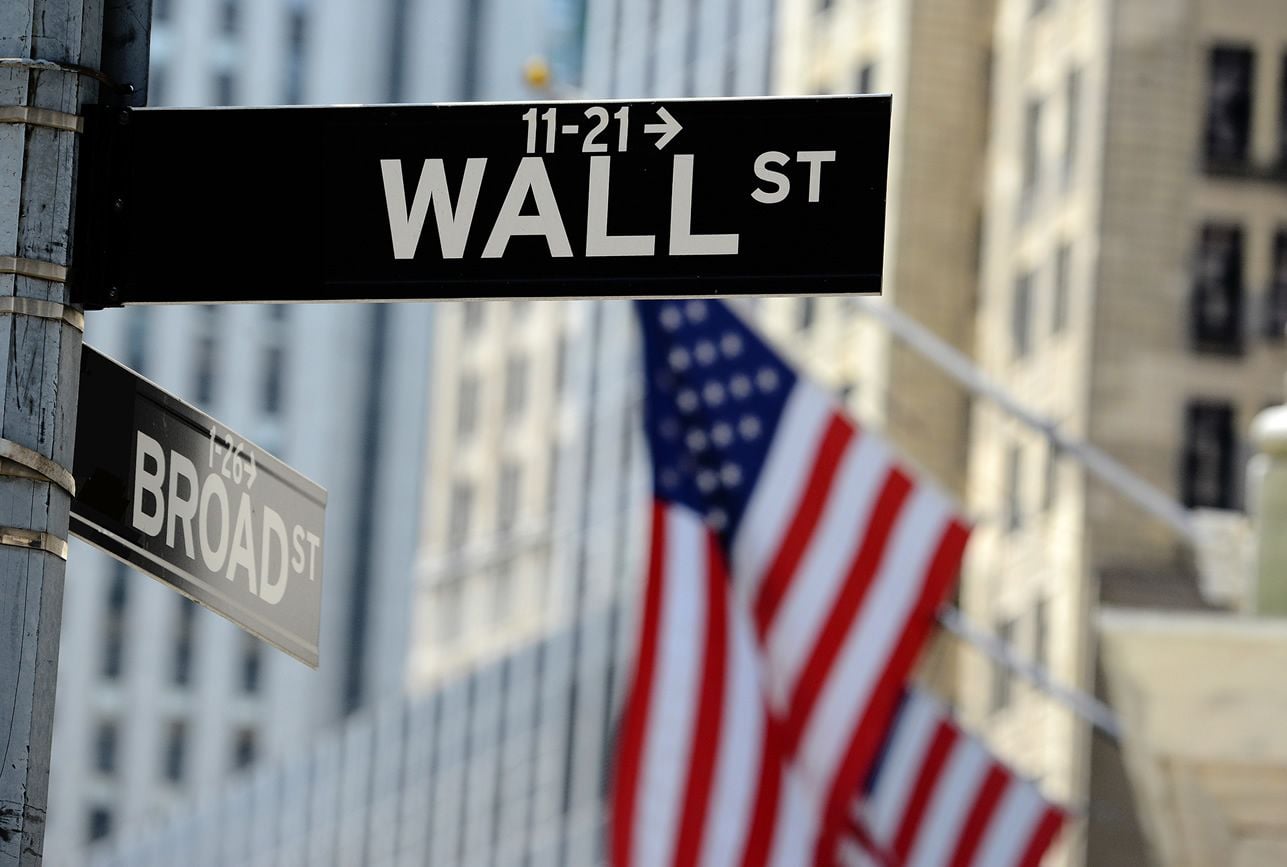
Image © Adobe Images
The Dollar firmed alongside a soft U.S. inflation print.
The Pound-to-Dollar exchange rate has retreated to 1.2929 after U.S. inflation undershot expectations, but weakness should prove limited, and the uptrend remains firmly intact.
The Dollar was higher alongside news U.S. inflation for February fell to 0.2% month-on-month from 0.5%, undershooting expectations for 0.3%.
The annual rate fell to 3.1% from 3.3%, which was also below consensus expectations for 3.2%.
The FX playbook says an inflation undershoot should bolster the chances of another Federal Reserve interest rate cut, which would tend to mechanically weigh on the Dollar. However, it's been a topsy-turvy period for the Dollar and global FX in general, so we are not surprised to see the Dollar rising in counterintuitive fashion.
The inflation undershoot will reduce fears that the U.S. economy is heading for a bout of stagflation and is, to a degree, supportive of the currency.
The Dollar has fallen in 2025 amidst signs of a slowing U.S. economy and expectations for inflation to rise as tariffs push up the cost of imports. Rising inflation and falling growth create a stagflationary backdrop that is rarely supportive of currencies.
The Dollar is also benefiting from a sense that tariff fears are now fully understood, and headlines and threats emanating from the White House are losing their grip on the currency.
The setback in Pound-Dollar is nevertheless shallow and the direction of least resistance remains higher, with 1.30 coming into view.
According to Kit Juckes, FX strategist at Société Générale, the going becomes tougher for Pound Sterling at this key level.
"GBP/USD is purely a function of EUR/GBP and EUR/USD these days (EUR/GBP has been edging higher simply because GBP/USD has risen more slowly than EUR/USD). However, the UK’s fiscally induced growth slowdown will probably be enough to encourage hedging of any long GBP exposure as GBP/USD approaches or breaks 1.30," he says in a midweek briefing.
